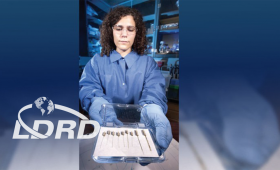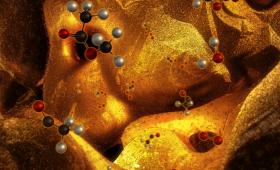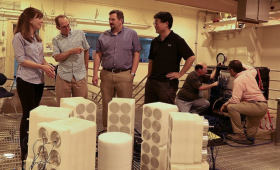Researchers are exploring machine learning to process the data obtained during 3D builds.
Science and Technology Highlights

Two new experimental techniques are shedding new light on the effects of hydrodynamic instabilities in NIF inertial confinement fusion implosions.

The Laboratory has developed a new technique that enhances the performance of its flexible thin-film biological sensors,

Multi-institutional research team develops a new system to control gene expression in laboratory bacteria.

Combining 3D printing through extrusion-based direct ink writing and an alloying and dealloying process, researchers have engineered nanoporous gold.

A research team announced the discovery of the Higgs boson particle transforming into bottom quarks as it decays.

A team of Livermore scientists has developed an expanded nuclear fission chain theory and detectors.

Researchers are developing new deep learning and high-performance computing algorithms that can sift through massive amounts of data for evidence of nuclear proliferation activities.

A research team has taken a major step forward in enabling “multicolor” optogenetic control of different neuron types.

An LLNL–Virginia Tech team reported producing micro-architectured 3D graphene aerogel structures with higher resolution and complexity than anything created before with other 3D printing methods.


